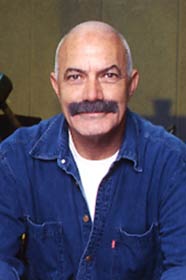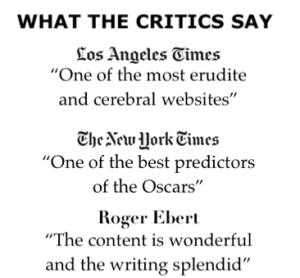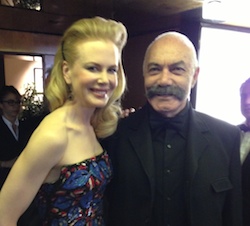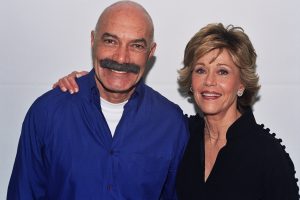It’s a big mystery why John Huston’s exciting screen version of Rudyard Kipling’s beloved adventure, The Man Who Would Be King,” was such a big commercial flop—despite critical support and artistic acclaim (the film was nominated for four Academy Awards.
The action-adventure tale, well adapted to the screen by Huston and Gladys Hill, begins with author Rudyard Kipling (played by Christopher Plummer) working in his study. His solitude is broken by the arrival of a tattered, half-mad derelict, who is soon revealed to be his old acquaintance Peachy Carnahan (Michael Caine).
As Kipling listens in rapt fascination, Peachy relates the incredible adventures of himself and his partner-in-chicanery Daniel Dravot (Sean Connery, right after quitting the James Bond series).
As con men, Carnahan and Dravot have masterminded various, quite complex money-making schemes, the most elaborate of which takes them to a remote city in the hills of eastern Afghanistan.
Through methods, which are both foul and fair, Daniel passes himself off as the incarnation of Alexander the Great, the better to lay his hands on the vast riches there.
Unfortunately, deluding himself, Daniel begins to believe his own myths and lies, and the results are disastrous for himself and Peachy.
The irony is that the one who inadvertently exposes Daniel’s ploys is his native wife, played by Shakira Caine (Michael Caine’s real-life wife).
Initailly, Huston has wanted to make the movie with Humphrey Bogart (his favorite actor) and Clark Gable, both of whom died young. The director claimed that it was the success of “Butch Cassidy and the Sundance Kid,” of 1969, that inspired him to hellm the picture, which contains many stirring and thrilling moments, finding Huston in tope form as a filmmaker.
Inexplicably, neither Connery nor Caine, who ae both maginficent, earned Oscar nominations for their shifty, well-structured roles. The snub is all the more perplexing due to the fact that 1975 was a relatively weak year for men. Among the Best Actor nominees were Maximilian Schell for “The Man in the Glass Booth,” and James Whitmore for “Give ‘Em Hell, Harry.”
Production values are strong in every department, including sharp cinematography by Oswald Morris and score by multiple Oscar-winner Maurice Jarre.
Oscar Nominations: 4
Screenplay (Adapted): John Huston and Gladys Hill
Art Direction-Set Decoration: Alexander Trauner and Tony Inglis; Peter James
Film Editing: Russell Lloyd
Costume Design: Edith Head
Oscar Awards: None
Oscar Context:
The Adapted Screenplay Oscar went to Lawrence Hauben and Bo Goldman for “One Flew Over the Cuckoo’s Nest.”
“Barry Lyndon” won the Art Direction and Costume Design Oscars.
Verna Fields won the Editing Oscar for “Jaws.”
Cast
Sean Connery as Daniel Dravot
Michael Caine as Peachy Carnehan
Christopher Plummer as Rudyard Kipling
Saeed Jaffrey as Billy Fish
Shakira Caine as Roxanne
Paul Antrim as Mulvaney
Credits
MPAA: PG
Running time: 129 Minutes.
Directed by John Huston
Written by John Huston and Gladys Hill










